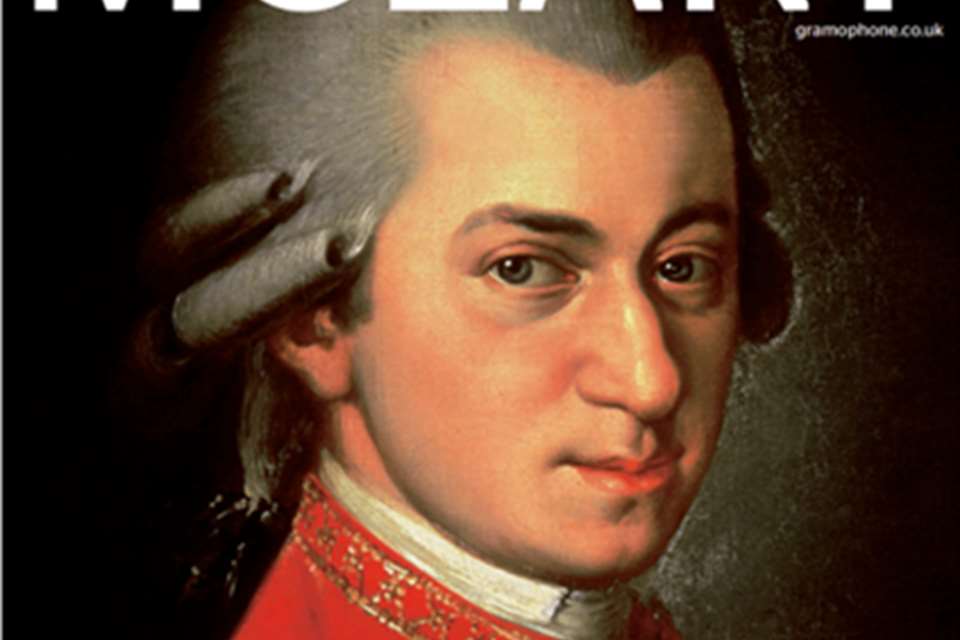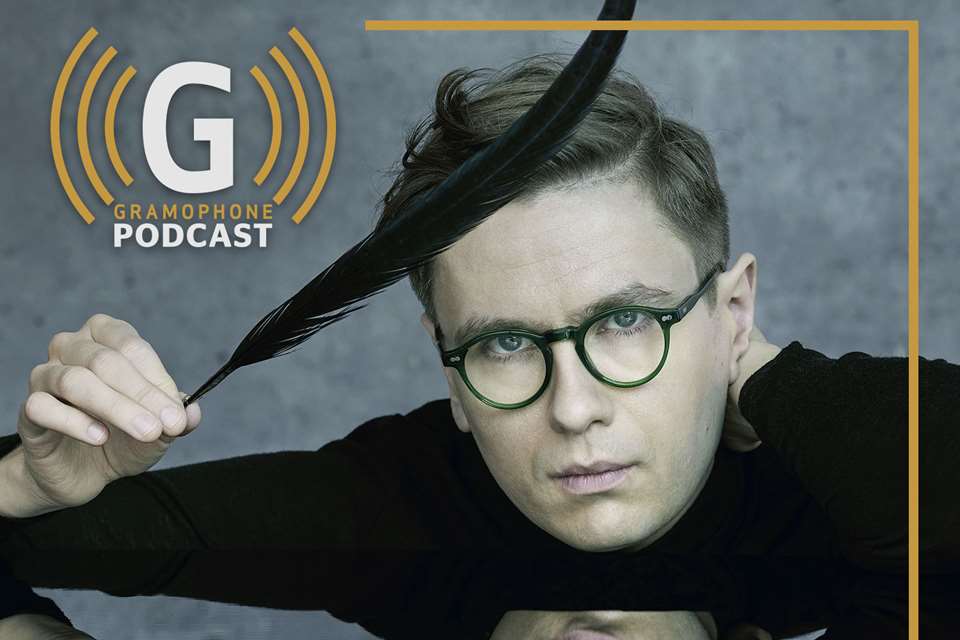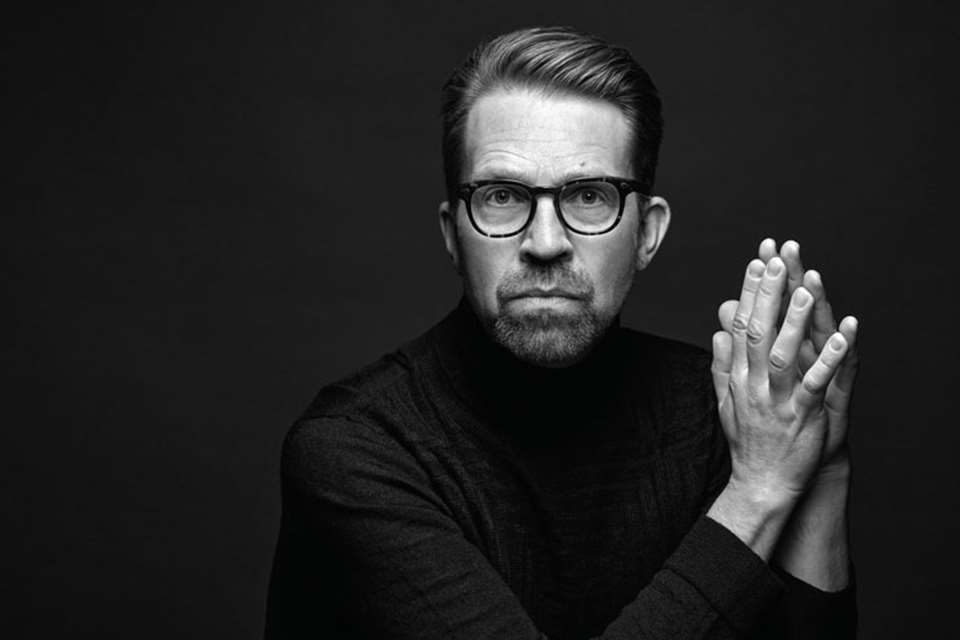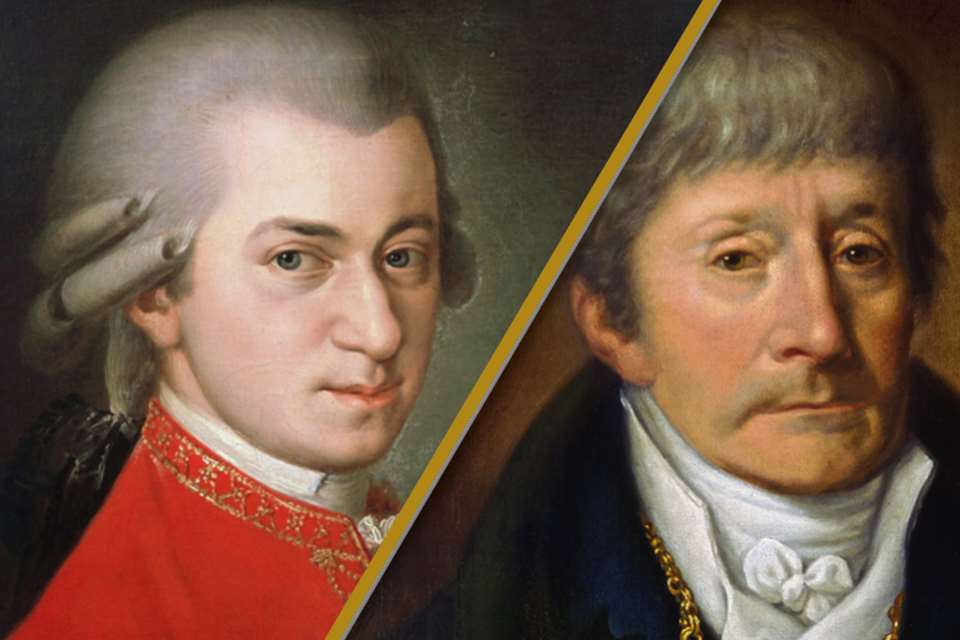Elsa Dreisig’s fresh new take on Mozart: ‘In this business, these “rules” we have are not actually real. It’s first of all about interpretation’
Neil Fisher
Thursday, February 10, 2022
For her new album, French-Danish soprano Elsa Dreisig has turned on its head every preconception about the characters in Mozart’s operas, portraying credible, sympathetic women who have lived real, often messy lives, discovers Neil Fisher
Register now to continue reading
Thanks for exploring the Gramophone website. Sign up for a free account today to enjoy the following benefits:
- Free access to 3 subscriber-only articles per month
- Unlimited access to our news, podcasts and awards pages
- Free weekly email newsletter













